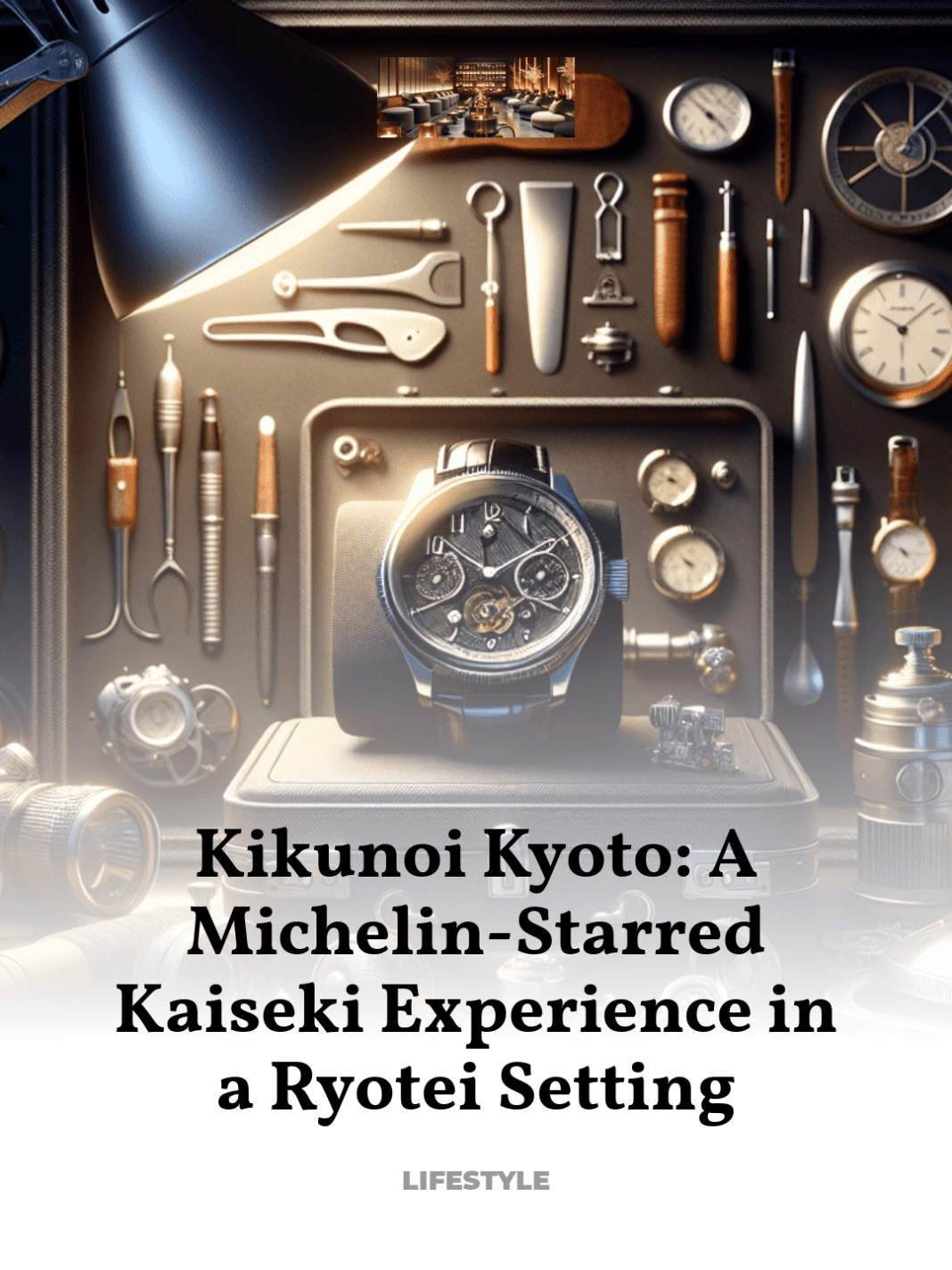How Centuries of Japanese Tradition Are Served in Every Dish
Stepping into Kikunoi Kyoto is like entering a realm where every detail embodies the pinnacle of Japanese culinary tradition. This esteemed ryotei, a type of luxurious traditional Japanese restaurant, offers more than just food; it provides an immersive experience into the art of kaiseki, a style of Japanese cuisine that celebrates the seasonal and the regional, presented with an aesthetic precision that has been refined over centuries.
- The Historical Tapestry of Kikunoi
- Understanding Kaiseki Cuisine
- The Culinary Philosophy of Chef Yoshihiro Murata
- The Art of Seasonal Ingredients
- The Kikunoi Dining Experience
- Cultural Significance and Global Influence
The Historical Tapestry of Kikunoi
The story of Kikunoi begins over a century ago, rooted deeply in the cultural heart of Kyoto. The restaurant’s name, which translates to “chrysanthemum well,” is derived from the well at the original site, which was famed for its pure water essential for Kyoto’s refined cuisine. Over the decades, Kikunoi has evolved under the stewardship of the Murata family, with Chef Yoshihiro Murata currently at the helm, representing the third generation of this culinary dynasty.
Under Chef Murata’s guidance, Kikunoi has not only preserved ancient culinary traditions but has also elevated them to new heights, earning three Michelin stars for its impeccable cuisine and service. The essence of Kikunoi’s allure lies in its commitment to the kaiseki tradition, which is both a culinary and a cultural practice, emphasizing seasonality, artistry, and the deep flavors of Japan’s regional ingredients.
Understanding Kaiseki Cuisine
Kaiseki, often referred to as the pinnacle of Japanese dining, offers a course menu that reflects the transient beauty of nature. Originally associated with the Japanese tea ceremony, kaiseki has evolved into a more elaborate dining style, celebrated for its meticulous preparation and presentation. At Kikunoi, each course is a testament to the chef’s expertise in harnessing the natural flavors of the ingredients while showcasing a harmonious balance between taste, texture, and appearance.
The structure of a kaiseki meal at Kikunoi adheres to a precise culinary architecture, beginning with an appetizer followed by a sashimi course, a simmered dish, a grilled dish, and a seasonal entrée, culminating in a shokuji (rice dish) and dessert. This progression is designed to bring guests on a gastronomic journey through the seasons, each dish telling a story of the landscape from which it originates.
The Culinary Philosophy of Chef Yoshihiro Murata
Chef Yoshihiro Murata is revered not only as a custodian of Japanese culinary traditions but also as an innovator. His philosophy centers on the ‘shun’, the moment when ingredients are at their peak of flavor. Murata’s approach is deeply rooted in the understanding that the essence of kaiseki is to present these ingredients in ways that elevate their natural goodness without unnecessary complication.
Murata’s dedication to perfection is evident in his relentless pursuit of the finest ingredients, whether it be the freshest seafood from Japan’s coasts or vegetables grown in the lush fields surrounding Kyoto. His dishes are a canvas, on which layers of flavors and textures are meticulously built, reflecting both the simplicity and the complexity of nature itself.
The Art of Seasonal Ingredients
At Kikunoi, the menu is an ode to the seasons, changing monthly to reflect the freshest ingredients available. Spring might feature bamboo shoots and young vegetables, summer showcases river fish and vibrant greens, autumn brings mushrooms and game, while winter offers hearty root vegetables and rich broths. This respect for the seasonal dictates of nature is not just a culinary preference but a way of life in kaiseki cuisine.
The selection of ingredients is guided by their peak seasonality, ensuring that each dish offers a burst of natural flavor that can only be achieved at that specific time of year. This deep respect for nature’s bounty is central to the kaiseki experience and is palpable in every dish served at Kikunoi.
The Kikunoi Dining Experience
The experience of dining at Kikunoi transcends mere eating. Guests are welcomed into a setting that reflects the aesthetic values of a traditional Japanese ryotei. The architecture and interior design harmonize with the natural surroundings, creating an atmosphere of tranquility and exclusivity.
Each course is served on ceramics and lacquerware that have been chosen to enhance both the visual and the sensory enjoyment of the food. The interaction between guest, chef, and server is choreographed to reflect the Japanese virtues of omotenashi (hospitality), making each meal a personalized encounter with Japanese culture.
Cultural Significance and Global Influence
Kikunoi’s impact extends beyond its Michelin stars and Kyoto’s borders. Chef Murata has been instrumental in introducing kaiseki cuisine to a global audience, lecturing internationally and participating in culinary exchanges. Through his efforts, kaiseki has been positioned not only as a form of dining but as an art form that demands recognition similar to that of fine wines or haute couture.
The restaurant’s approach to preserving and evolving Japanese culinary arts has made it a case study in how traditional practices can be kept alive and vibrant in the modern world. Kikunoi does not just serve food; it serves history, culture, and art, making every dish a deep dive into the heart of Japanese culinary philosophy.
For those interested in exploring further, the rich history and philosophy behind Kikunoi’s kaiseki can be delved into through various publications and interviews with Chef Murata, available at authoritative sources like Nippon.com.



